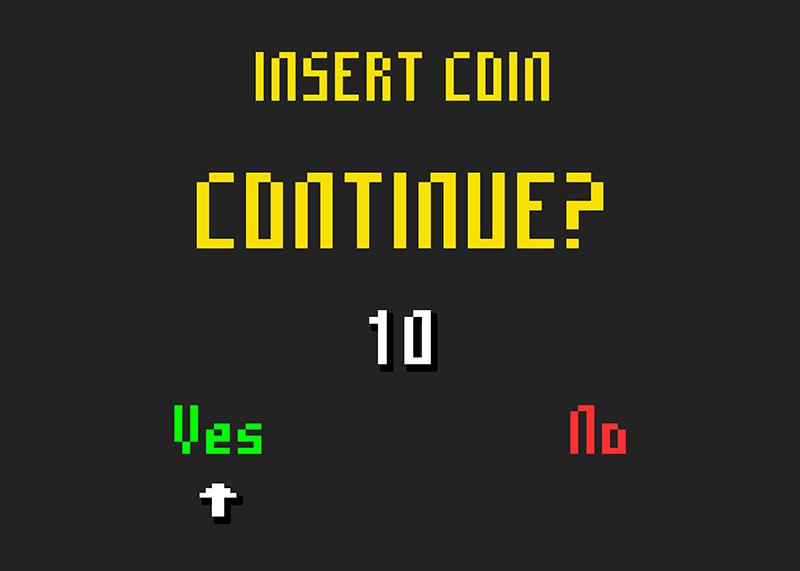Ever considered interrupting the β-blocker in a stable post-MI patient? ABYSS suggests don’t




 Pause to consider whether treatment should be continued
Pause to consider whether treatment should be continuedIn stable post-MI patients without a reduced ejection fraction (EF) who have been on long-term β-blockers, interrupting the β-blocker treatment instead of continuing it leads to more hospitalizations for cardiovascular (CV) reasons and does not improve quality of life (QoL), as shown in the phase III ABYSS randomized trial presented at ESC 2024.
The primary endpoint, defined as the composite of all-cause death, MI, stroke, or hospitalization for any other CV reason, occurred in 23.8 percent of patients whose β-blockers were interrupted vs 21.1 percent in those who continued the treatment (risk difference, 2.75 percentage points, 95 percent confidence interval [CI], 0.04–5.47). [ESC 2024, abstract 290204]
Since the upper bound of the 95 percent CI for the event rate difference exceeded the 3-percentage point margin, interrupting β-blocker treatment was not found to be noninferior to continuing it (p=0.44 for noninferiority).
QoL, the main secondary endpoint measured using the EuroQol 5-dimension scores, did not differ between the two strategies in terms of absolute changes from baseline at the last follow-up (mean difference, 0.002, 95 percent CI, −0.008 to 0.012).
"We conducted ABYSS to provide conclusive randomized data on the effects of β-blocker interruption vs continuation on CV events and QoL, but we were unable to show preservation of safety in terms of clinical events, nor any benefit on QoL with β-blocker interruption," said principal investigator Professor Johanne Silvain from the Sorbonne Université, Hôpital de la Pitié-Salpêtrière in Paris, France.
The panellists and the audience were similarly surprised, given that a previous randomized trial, REDUCE-AMI, did not identify a safety signal with a β-blocker–devoid strategy after acute MI. [N Engl J Med 2024;390:1372-1381]
Still a benefit in modern reperfusion era?
The median time from MI to randomization in ABYSS was 2.9 years, well beyond the initial stabilization phase after an MI. [N Engl J Med 2024;doi:10.1056/NEJMoa2404204] At the time ABYSS was designed, the investigators hypothesized that interrupting β-blocker treatment would not alter patients' prognosis and instead would improve their QoL. [Am Heart J 2023;258:168-176]
Results from the REDUCE-AMI trial, presented less than 5 months ago, appear to validate this hypothesis. [ACC 2024, abstract 406-12] REDUCE-AMI found that long-term use of β-blockers did not lower the risk of death or a new MI vs not taking them.
Amid the interweaving of the COVID-19 pandemic, the ABYSS investigators randomized 3,698 patients (mean age 63.5 years, 82.8 percent male) at 49 clinical sites in France to either the interruption or continuation of their baseline β-blocker treatment, the majority of which was bisoprolol fumarate (71.5 percent), followed by acebutolol hydrochloride (10.8 percent) and atenolol (8.7 percent).
A history of ST-segment elevation MI was present in 63 percent of the patients, but all enrolled patients had an LVEF of ≥40 percent (vs ≥50 percent in REDUCE-AMI). In line with contemporary management, 96.9 percent of the index MIs were revascularized through percutaneous coronary intervention, while 4.1 percent underwent coronary artery bypass grafting.
After a median follow-up of 3 years, the results from the trial led to the conclusion that “the safety of β-blocker interruption in MI patients was not demonstrated,” as stated by Silvain.
Hard and ‘soft’ endpoints
However, the discrepancies in the conclusions can be better understood by examining the differences between the two trials. While part of the primary endpoint in ABYSS resembles the classical 3-point major adverse CV events, the difference in the primary outcome event rates between interrupting and continuing β-blockers was solely driven by the “hospitalization for CV reasons” component.
Hospitalizations are typically considered a “soft” endpoint, particularly given the open-label design of the trial, which may lead admitting physicians to be more inclined to hospitalize a patient who was randomized to have his or her β-blocker interrupted, as pointed out by discussant Professor Jane Armitage from the University of Oxford, Oxford, UK.
Results from more trials needed
“Because of the anti-ischaemic effects of β-blockers, an interruption may increase the risk of recurrent angina and the need for rehospitalization,” said Professor Tomas Jernberg from the Danderyd Hospital, Karolinska Institutet in Stockholm, Sweden, in the editorial accompanying the ABYSS manuscript. Jernberg was the principal investigator of REDUCE-AMI. [N Engl J Med 2024;doi:10.1056/NEJMe2409646]
"It is prudent to wait for the results of additional ongoing trials of β-blockers involving patients with MI and preserved LVEF before definitively updating the guidelines," concluded Jernberg. "Taken together, the results of these trials will most likely provide firm evidence regarding β-blocker treatment in this patient population."